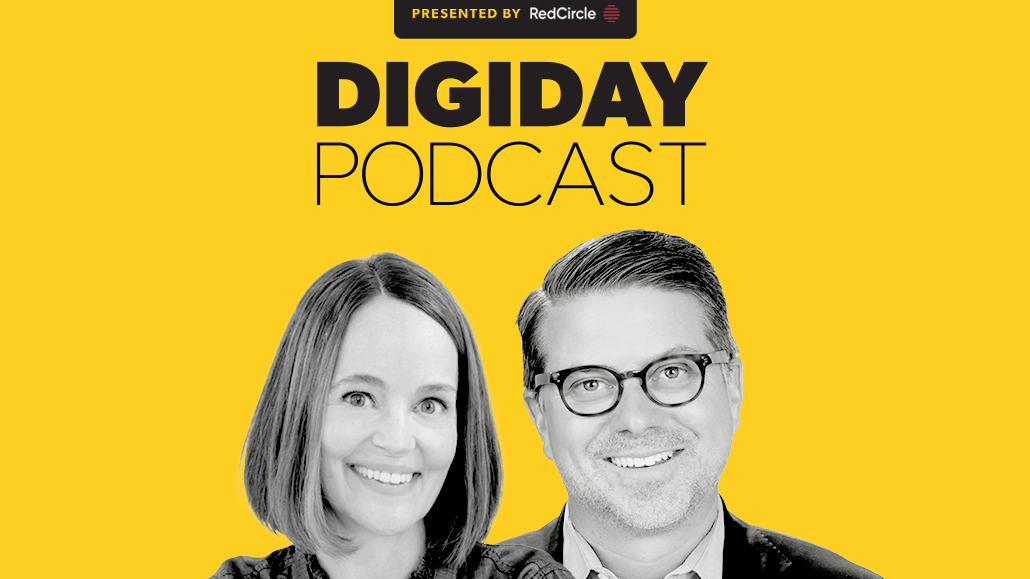Why The Wall Street Journal is centering personal finance on its new commerce site Buy Side

Subscribe: Apple Podcasts • Spotify
The Wall Street Journal is finally entering the commerce space after spending a year figuring out what that business will look like for Dow Jones.
Launched last month, Buy Side from WSJ is a standalone site whose newsroom operates separately from the Journal, but has the same focus of helping people make financial decisions — a shared mission for Dow Jones’ other properties including MarketWatch and Barron’s, according to the company’s chief revenue officer Josh Stinchcomb.
The timing of Buy Side’s launch — which is likely taking place right before a recession — could be a unique challenge for most commerce publishers, with audiences starting to pinch their pennies and brands reconsidering their affiliate marketing budgets. But Leslie Yazel, head of content for Buy Side, believes that these circumstances could benefit her team’s editorial strategy, thanks to the personal finance focus featured in each article.
On the latest episode of the Digiday Podcast, Stinchcomb and Yazel discuss how Buy Side is balancing consumer product recommendations with detailed budgeting breakdowns to help readers make purchase decisions through the lens of value, as well as setting sights on striking up affiliate partnerships with financial institutions.
Below are highlights from the conversation, which have been lightly edited and condensed for clarity.
The WSJ approach to commerce content
Yazel: We have consumer goods that we’re selling and we also have personal finance advice, which we also can monetize. But at the heart of this are money decisions, whether you’re buying a coffee maker, or whether you’re deciding which credit card to choose, or should you switch to a high yield savings account. We feel that WSJ.com has great authority there [and] we want it to be useful for people.
But I also think we’re well positioned for the economic situation now, because one of the main things we do is we really tightly curate for people, and we do the math for people. So when I say we tightly curate, [I mean] when you travel around the internet and look at all the best lists that are out there, sometimes you see “19 best credit cards,” or “12 best whatever.” We really narrow that for people. When we talk about cash back rewards cards, we narrowed it down to four so that people can really have an easier decision.
We create a criteria for this. We work with a panel of experts in the financial services industry and we spreadsheet relentlessly to narrow this down, but we also do the math for people. And what I mean by that is whether we’re looking at, should you get one of these coffee subscriptions that are so popular now, we don’t just look at the tasting notes. We also look at how much does it actually cost per ounce because you can compare that then with what you might be buying at your favorite market or grocery store.
The financial upside of making affiliate deals with financial institutions
Stinchcomb: [Financial services partnerships tend to be] more varied in terms of the [pricing] models. And I read your piece about [cost-per-click] versus cost-per-acquisition — the different currencies in this space that are evolving — and on the financial services side, it is a combination of cost-per-acquisition and cost-per-lead. There’s different models. On certain kinds of products, that can be a percentage of a loan size and other models it’s a flat fee of — just making it up for illustrative purposes — $50 for every new verified credit card lead.
On average, I think those bounties do end up being greater per capita than on most consumer products back to the point that the lifetime value of that customer to a credit card issuer, for example, is greater. So you’ll often have a range or a fixed fee on a cost-per-lead, or a cost per new customer acquisition. And those can change over time because as you grow and deliver more volume and more success to a particular issuer, as an example, you may be able to negotiate better per capita rates.
Higher rates but higher barriers to entry
Stinchcomb: The financial services space is more complicated. There [are] compliance issues that don’t exist in other categories. You have to sort of prove yourself with a lot of issuers of credit cards, as an example, before you can become an accredited affiliate partner for them. And so that’s a process, you’ve got to earn and prove your way into that and show that you have the proper compliance and put the proper resources behind being compliant. And that’s a barrier to entry.
There are big competitors out there but there are also competitors who are partners. Red Ventures is the operator of some pretty big sites in the space, like Bankrate, but they also have a really sophisticated publisher friendly affiliate offering. We work closely with Red Ventures and we’re able to work with them to be an intermediary to a lot of financial institutions because they have a very thorough understanding of the compliance and the complexity, and they can help accelerate our participation in that market. [It’s] somewhat akin to SkimLinks in the consumer space.
More in Media

A timeline of the major deals between publishers and AI tech companies in 2025
Here’s a list of all the major deals signed between publishers and AI tech companies in 2025.

No playbook, just pressure: Publishers eye the rise of agentic browsers
For the bulk of publishers, Google is, as ever, the one to watch. It’s already got agentic features within its Chrome browser, but that’s the tip of the iceberg, some say.

The biggest SEO lessons in 2025 for publishers
KPIs are changing, more AI search data is becoming available, and publishers are looking beyond search to grow their audiences and revenue.








